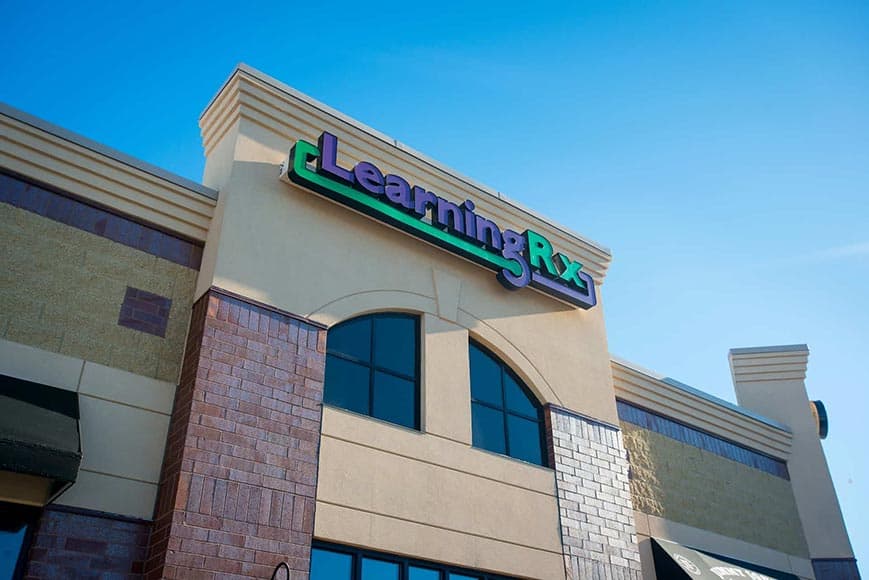5 Surprising Facts About ADHD (And What They Mean for Your Student)
ADHD is often misunderstood. However, understanding some of the underlying causes and expressions of the disorder can be a major help for families facing this diagnosis! Here are five facts about ADHD that may surprise you:
#1: Attention is NOT the weakest skill in most people with ADHD.
Research has determined that in ADHD cognitive profiles, there are three skills that tend to be more deficient. Those skills are working memory (a.k.a. “short-term memory”), long-term memory, and processing speed.
WHAT THAT MEANS FOR YOUR STUDENT:
Interventions that only target attention aren’t really getting to the root cause of what’s causing your student’s struggles with thinking and learning. Look for programs that target and train clusters of cognitive skills, not just one, based on an in-depth assessment of your student’s brain skills.
#2: Kids with ADHD can experience hyperfocus.
Having ADHD doesn’t mean that someone can’t pay attention for sustained periods of time. Just ask any parent whose child or teen gets hyperfocused when reading their favorite series or playing a video game. The reality is that people with ADHD can direct their attention to preferred activities—those that are interesting, engaging, and rewarding.
WHAT THAT MEANS FOR YOUR STUDENT:
When children and teens with ADHD are hyperfocused on an activity that they enjoy, it can be difficult to understand why that can’t translate to something like homework or studying. Rather than assuming that the student is just being “lazy” or “defiant,” take the time to have them evaluated for ADHD and research the different types of interventions that may be able to help.
#3: Girls may be underdiagnosed because of differences in the manifestation of ADHD.
For years it was believed that boys—who are three times more likely to receive an ADHD diagnosis than girls—are more susceptible to the disorder. The reality is that this may be partly due to the fact that ADHD symptoms present differently in girls. ADHD is an umbrella term that includes three subtypes: Hyperactive-Impulsive ADHD, Inattentive ADHD, and Combined ADHD (hyperactive/impulsive and inattentive). Because boys tend to exhibit the more visible and disruptive symptoms of ADHD—such as interrupting, fidgeting, and getting out of their seat—they tend to be referred for a diagnosis more often than girls, whose inattentive ADHD manifests in more internal ways (e.g., “spacing out”).
WHAT THAT MEANS FOR YOUR STUDENT:
Because girls with ADHD are often overlooked, they may continue to struggle in school, develop self-esteem problems, and have difficulty regulating their emotions. If your daughter continues to struggle with academic challenges despite working hard to maintain classroom performance, consider having them evaluated for ADHD or other learning disabilities.
#4: There are three types of attention—and they can be targeted and trained.
Just as there are subtypes of memory—long-term and short-term (the latter of which is often referred to as “working memory”)—there are three subtypes of attention. These include sustained, selective, and divided attention.
- Sustained attention is the brain skill that enables us to stay focused and on task for a sustained period of time.
- Selective attention enables us to stay focused despite distractions.
- Divided attention enables us to remember information while doing two things at once.
The good news is, all three of these cognitive skills can be targeted and trained to make learning easier. Personal brain training, also known as “one-on-one cognitive skills training,” is designed to target brain skills with an individualized program that uses brain games, cognitive drills, and mental exercises to train the brain skills with the most room for improvement. Boosting these brain skills can make thinking, learning, and remembering easier, regardless of the subject matter.
WHAT THAT MEANS FOR YOUR STUDENT:
Regardless of whether or not your student has a formal diagnosis of ADHD, a Brain Skills Assessment can identify which cognitive skills are already strong and which skills can benefit from one-on-one brain training. The test only takes about an hour and the results often provide an “Aha!” moment for families who have been struggling to understand why their child or teen performs well on certain activities yet struggles with other types of tasks for assignments.
#5: Unaddressed ADHD can lead to impulsive and risky behaviors.
Impulsivity, immaturity, trouble with social skills, and low self-esteem can increase the chances of teens, in particular, engaging in risky behaviors. Some of the most common ways these risk-taking actions occur include acting out in school, driving dangerously, having unprotected sex, abusing substances, and running into legal trouble.
The explanation for such risk-taking may be due to a combination of biological (genetic, brain structure differences, decreased dopamine), cognitive (challenges with executive function, such as good decision-making), and social factors (low self-esteem contributing to peer-pressure susceptibility). But addressing ADHD with the right interventions can help.
WHAT THAT MEANS FOR YOUR STUDENT:
Don’t assume that your child or teen will “grow out of” ADHD. Invest in their present and future by having them assessed and identifying which interventions might be most beneficial in addressing the root cause of their struggles.







